Livable City: Essential Features for a Better Life in 2025
Building a Future Where Everyone Thrives: The Keys to Urban Livability
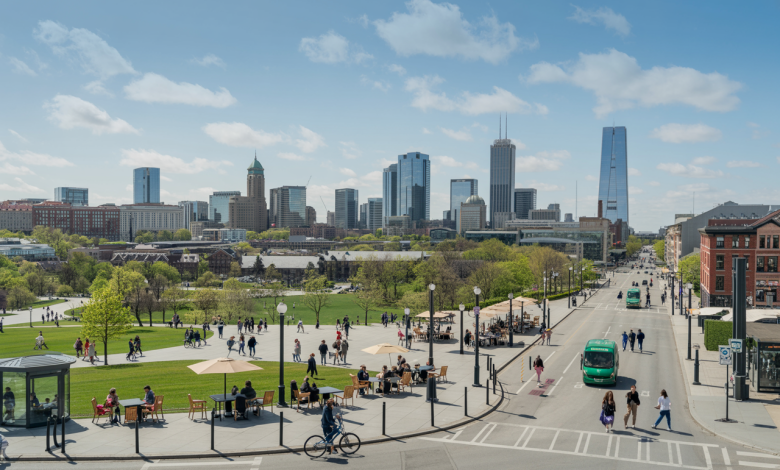
Livable city is a term more important than ever as we move through 2025. People around the world want to live in places that are safe, healthy, and full of opportunities. But what does it really mean for a city to be livable? This article will explain, in simple and basic English, what makes a city truly livable in 2025. We will cover the most important features, why they matter, and how cities are changing to meet the needs of their people.
What Is a Livable City?
A livable city is a place where people enjoy living. It is not just about big buildings or busy streets. A livable city is safe, clean, and offers good jobs, education, healthcare, and fun things to do. People in a livable city feel happy, healthy, and connected to their community.
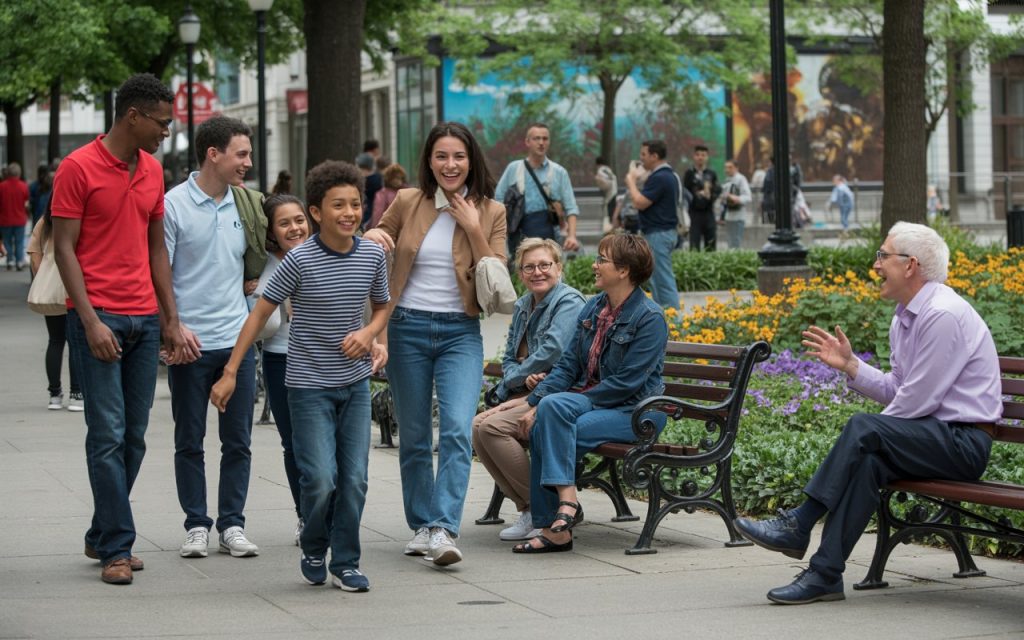
Why Is Livability Important?
More than half of the world’s people now live in cities, and this number is growing. As cities get bigger, it is important to make sure they stay good places to live. A livable city helps people stay healthy, makes life easier, and gives everyone a fair chance to succeed.
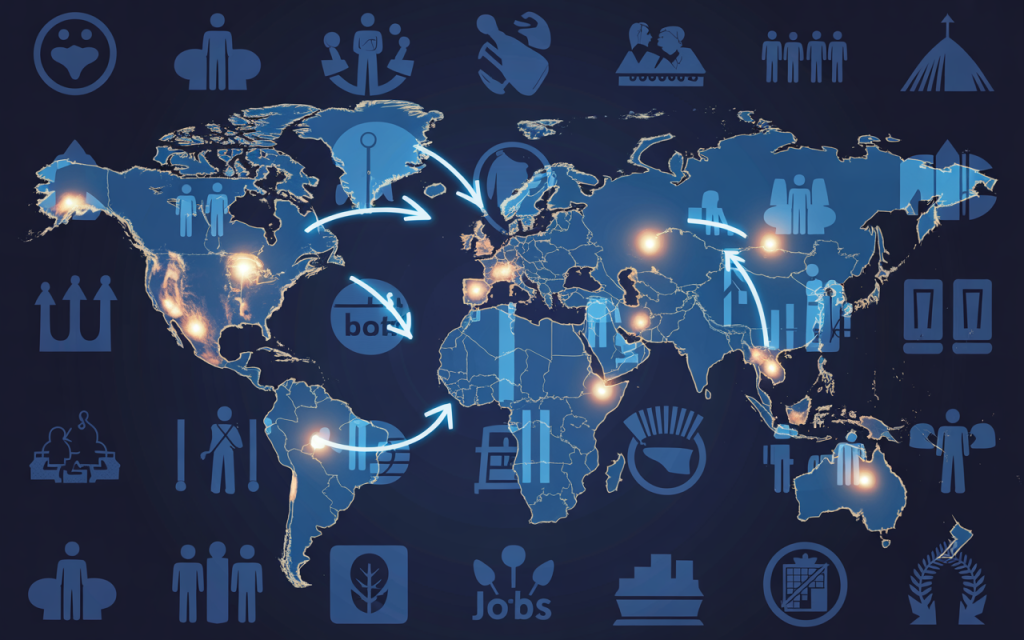
Key Features of a Livable City in 2025
There are many things that make a city livable. Here are the most important features in 2025:
1. Safety and Security
A livable city is safe. People can walk, work, and play without fear of crime. Good police, emergency services, and well-lit streets help keep everyone safe.
2. Clean and Healthy Environment
Clean air, clean water, and green spaces are essential. A livable city has parks, trees, and places to exercise. It also works to reduce pollution and waste.
3. Affordable Housing
Everyone needs a good place to live. A livable city offers homes that are safe, comfortable, and affordable for all kinds of people.
4. Good Transportation
Getting around should be easy. A livable city has buses, trains, bike lanes, and safe sidewalks. This helps people get to work, school, and fun places quickly and cheaply.
5. Strong Economy and Jobs
A livable city has lots of jobs and opportunities. People can find work, start businesses, and earn a good living.
6. Quality Education
Good schools and universities help people learn and grow. A livable city invests in education for children and adults.
7. Healthcare Access
Everyone should be able to see a doctor when they need to. A livable city has hospitals, clinics, and health programs for all.
8. Community and Culture
A livable city is full of life. There are festivals, museums, sports, and places to meet friends. People feel like they belong.
9. Technology and Innovation
Smart technology makes life easier. A livable city uses digital tools to improve services, save energy, and help people stay connected.
10. Inclusivity and Equality
A livable city welcomes everyone. People of all ages, backgrounds, and abilities can live, work, and enjoy the city together.
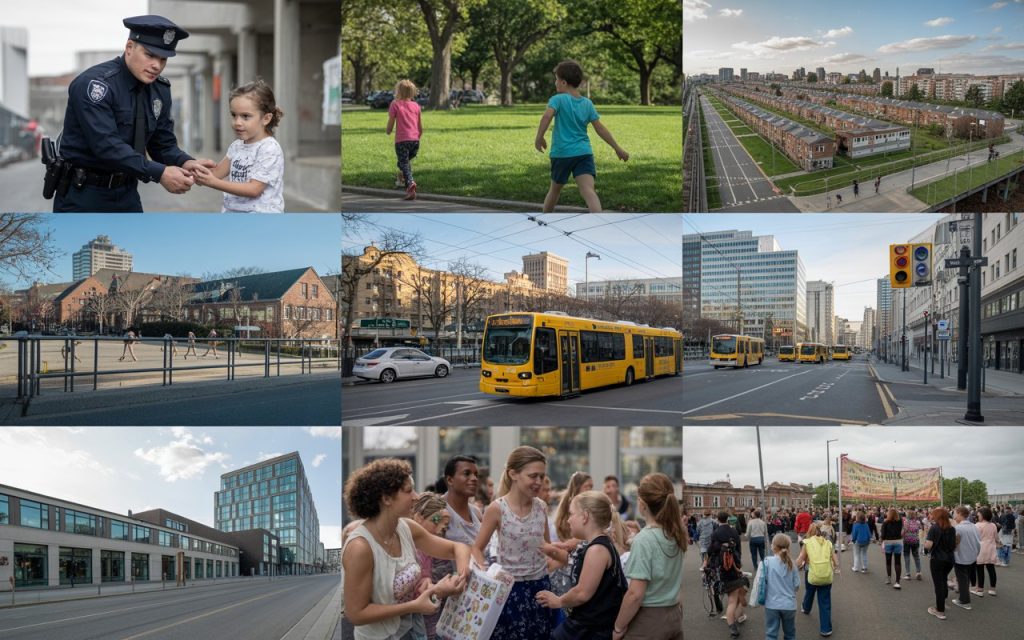
Table: Livable City Features in 2025
| Feature | Why It Matters | Example in 2025 |
|---|---|---|
| Safety | People feel secure | Safe streets, good police |
| Clean Environment | Healthy living | Parks, clean air, recycling |
| Affordable Housing | Everyone has a home | Mixed-income neighborhoods |
| Good Transportation | Easy to get around | Buses, trains, bike lanes |
| Strong Economy | Jobs and opportunities | Business districts, startups |
| Quality Education | Better future for all | Good schools, adult classes |
| Healthcare Access | Healthy population | Hospitals, clinics, telemedicine |
| Community & Culture | Sense of belonging | Festivals, museums, sports |
| Technology | Smart, efficient services | Smart traffic, digital payments |
| Inclusivity | Everyone is welcome | Accessible buildings, diversity |
How Cities Are Becoming More Livable
Cities around the world are working hard to become more livable. Here are some ways they are changing:
1. Green Cities
Many cities are planting more trees, creating parks, and building green roofs. This helps clean the air and makes the city more beautiful.
2. Smart Transportation
Cities are investing in buses, trains, and bike lanes. Some are even testing electric scooters and self-driving cars to make travel easier and cleaner.
3. Affordable Housing Projects
Governments and businesses are building more affordable homes. They are also fixing up old buildings to make them safe and comfortable.
4. Digital Services
Cities are using technology to improve life. People can pay bills, report problems, and get information online. Smart traffic lights help reduce traffic jams.
5. Community Programs
Cities are organizing events, classes, and sports to bring people together. They are also making sure everyone has a voice in city decisions.

Examples of Livable Cities in 2025
Here are some cities that are known for being livable:
- Copenhagen, Denmark: Famous for bike lanes, clean air, and happy people.
- Vancouver, Canada: Known for green spaces, good schools, and a strong economy.
- Singapore: Clean, safe, and full of technology and innovation.
- Melbourne, Australia: Great culture, healthcare, and community life.
- Stockholm, Sweden: Smart transportation, green energy, and inclusivity.
Challenges to Building a Livable City
Even the best cities face challenges. Here are some common problems:
- Overcrowding: Too many people can make a city feel crowded and stressful.
- Pollution: Cars, factories, and waste can make the air and water dirty.
- High Cost of Living: Some cities are too expensive for many people to live in.
- Traffic Jams: Too many cars can make it hard to get around.
- Inequality: Not everyone has the same chances or access to services.
How to Make Your City More Livable
Everyone can help make their city more livable. Here are some ideas:
- Support Green Projects: Plant trees, recycle, and use public transportation.
- Get Involved: Join community groups and share your ideas with local leaders.
- Be a Good Neighbor: Help others, keep your neighborhood clean, and be friendly.
- Use Technology Wisely: Use apps and online tools to stay informed and connected.
The Future of Livable Cities
The future is bright for livable cities. More people are thinking about how to make cities better. Technology, green energy, and smart planning will help cities stay healthy, safe, and fun for everyone.
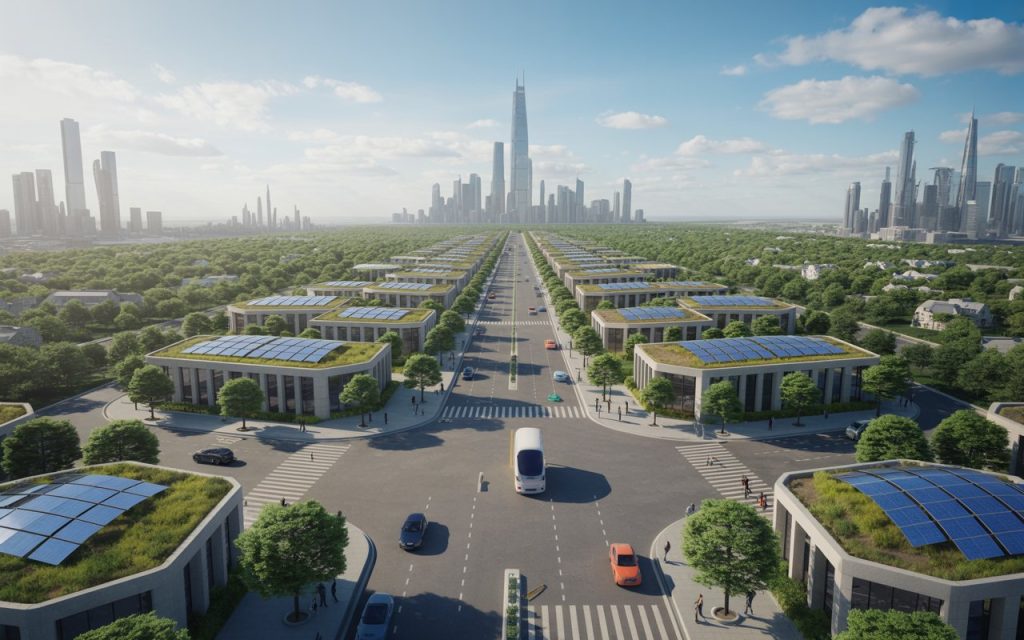
Real Stories: People Living in Livable Cities
Here are some real examples of how people benefit from living in a livable city:
- Maria, Copenhagen: Maria rides her bike to work every day. She enjoys clean air, safe streets, and lots of parks.
- Ahmed, Singapore: Ahmed uses public transportation to get around. He feels safe and enjoys the city’s smart technology.
- Lisa, Vancouver: Lisa lives in an affordable apartment near good schools and hospitals. She loves the city’s green spaces and community events.
The Role of Technology in Livable Cities
Technology is changing how cities work. Here are some ways it helps:
- Smart Traffic Lights: Help reduce traffic jams and pollution.
- Digital Payments: Make it easy to pay for buses, trains, and services.
- Online Services: Let people report problems, pay bills, and get information quickly.
- Telemedicine: Lets people see doctors online, making healthcare more accessible.
The Importance of Community in Livable Cities
A strong community makes a city livable. When people know and help each other, the city feels safer and happier. Community events, sports, and volunteer work bring people together.
How to Measure Livability
Cities use many tools to measure how livable they are. Here are some common ways:
- Surveys: Ask people how happy and safe they feel.
- Data: Track air quality, crime rates, and transportation times.
- Awards: Some cities win awards for being the most livable in the world.
The Impact of Livable Cities on Society
When cities are livable, everyone benefits. People are healthier, happier, and more productive. The economy grows, and the environment stays clean. Livable cities are good for families, businesses, and the planet.
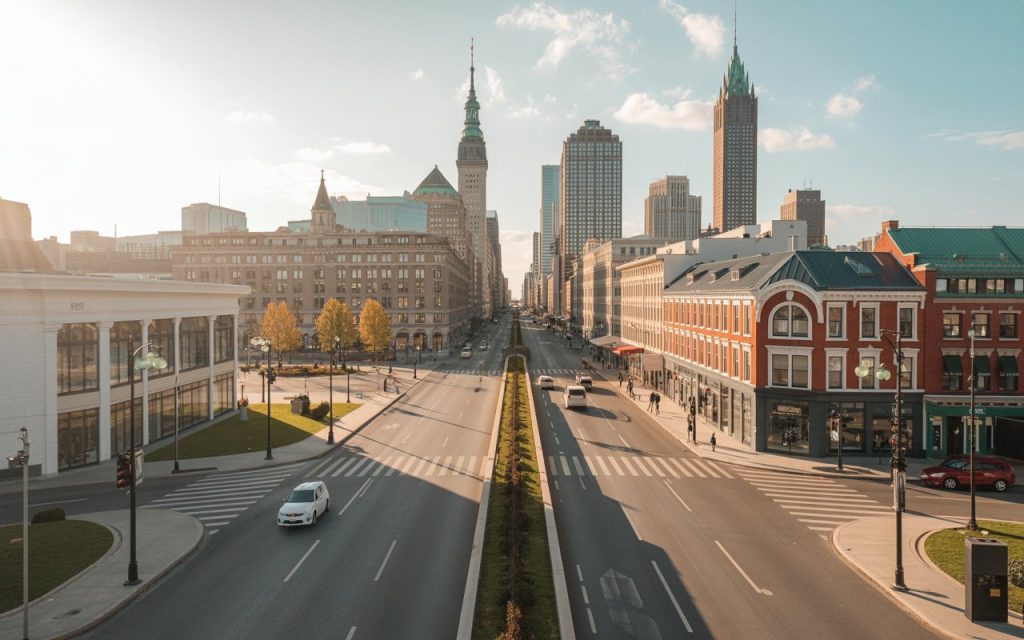
How to Choose a Livable City
If you are thinking about moving, look for a city that has:
- Good schools and hospitals
- Safe, clean streets
- Affordable housing
- Easy transportation
- Lots of jobs and opportunities
- A strong sense of community
The Global Movement for Livable Cities
Cities around the world are working together to become more livable. They share ideas, technology, and best practices. This global movement is helping cities improve and adapt to new challenges.
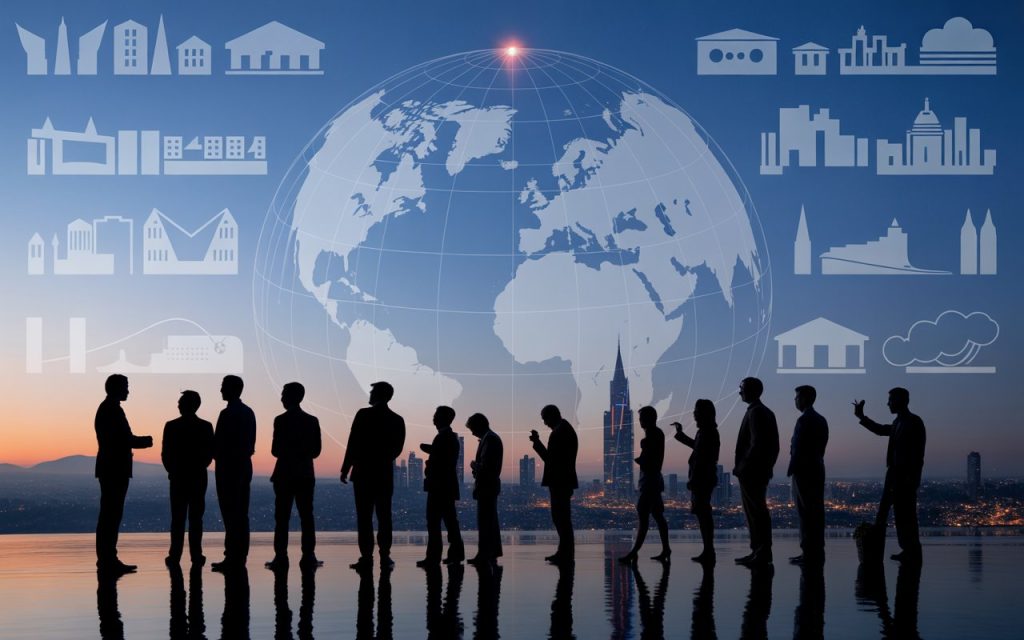
Conclusion
A livable city is more than just a place to live—it is a place to thrive. In 2025, livable cities are safe, green, connected, and full of opportunities. They offer good homes, jobs, schools, healthcare, and fun things to do. Everyone can help make their city more livable by getting involved, supporting green projects, and being a good neighbor. The future of cities is bright, and the movement for livable cities is growing stronger every day.




